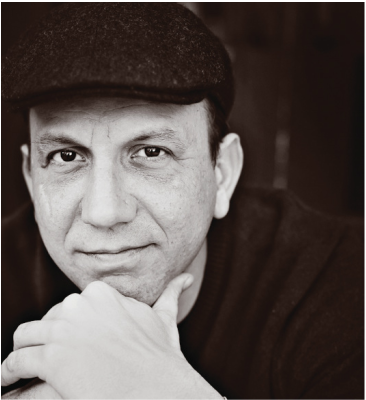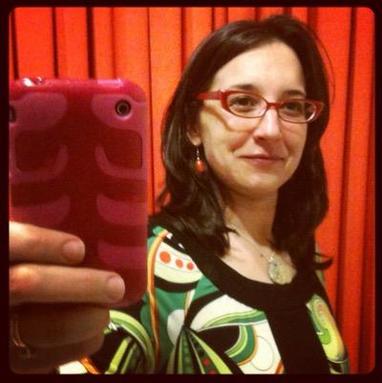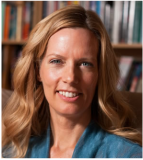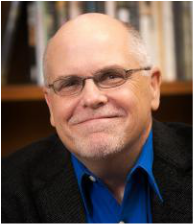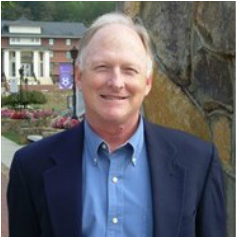NonfictioNow 2015, Flagstaff, Arizona
Hydra-Headed Memoirs & Well-Connected Essays:
Negotiating Your Book-length, NonFiction Thing
|
Steven Church
Steven Church is the author of The Guinness Book of Me: a Memoir of Record, Theoretical Killings: Essays and Accidents, The Day After The Day After: My Atomic Angst, and most recently, Ultrasonic: Essays. His essays have been published and anthologized widely. He's a founding editor and nonfiction editor for The Normal School; and he teaches in the MFA Program at Fresno State.
|
Sonya Huber
Tarn Wilson
|
Joe Mackall
Steven Harvey
|
Steven Church
|
